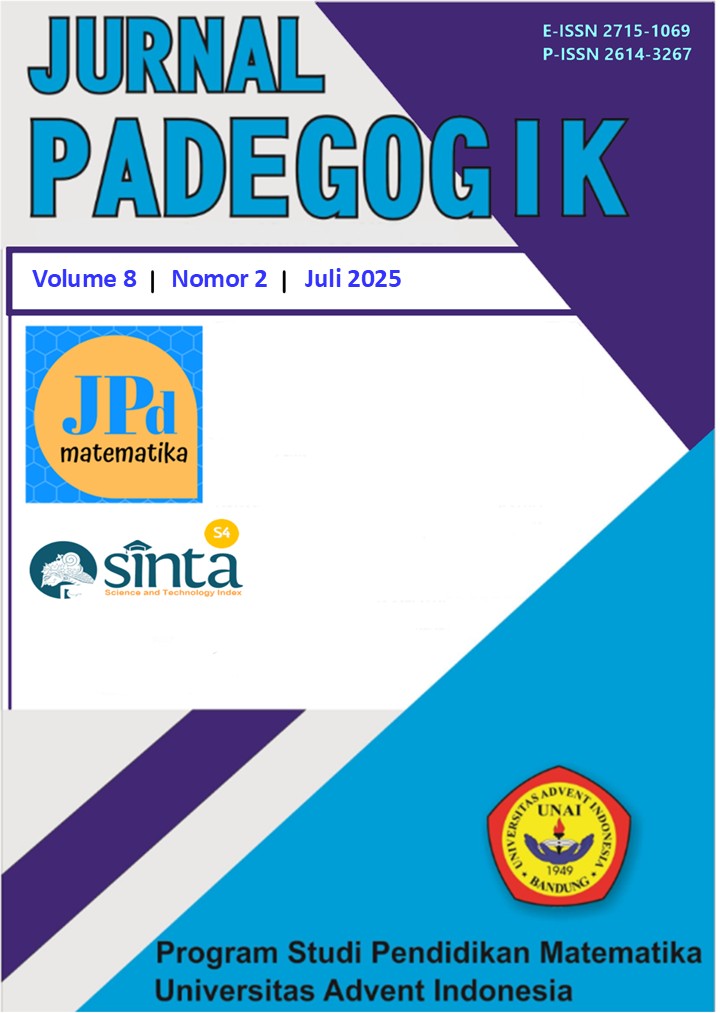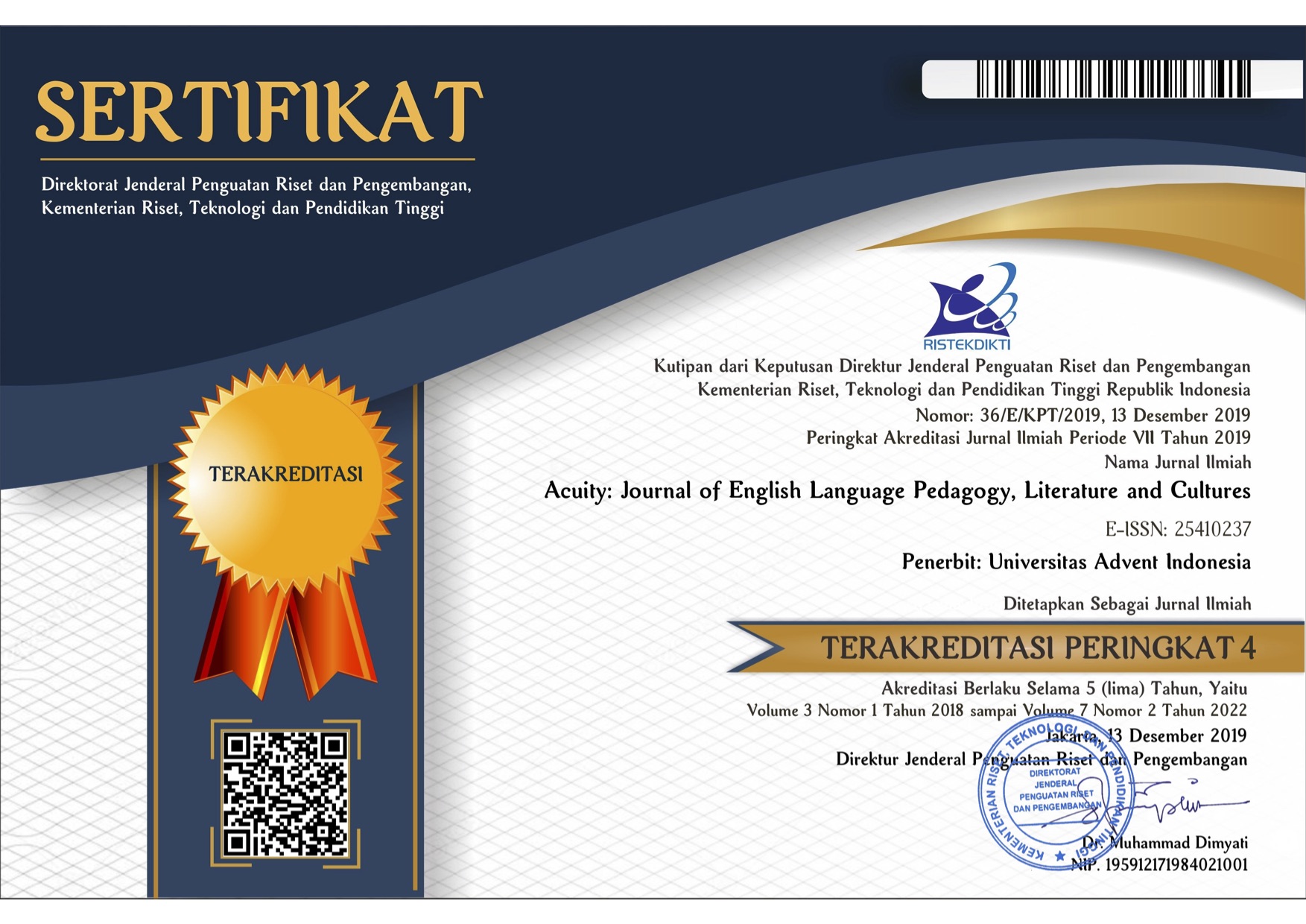STUDY OF CLASSICAL ASSUMPTION TEST USING SPSS
Keywords:
Classical Assumption Test, Statistical Product, Service SolutionsAbstract
The purpose of this article is to provide examples of the correct steps in using statistical tools in non-exact research. The use of statistical models should be appropriate to the problem being studied and the research needs. If statistical tools are not tailored to the research needs, the research results will be less reliable and will jeopardize the accuracy and validity of data interpretation. In reality, errors still occur in the use of statistical analysis tools. Therefore, this article can be useful as an example to assist students in writing their theses, specifically regarding the use of classical assumption test models. It is hoped that errors can be corrected to ensure the accuracy and validity of data interpretation are in line with the assumptions of the research problem.
Downloads
References
Bainar. Studi Penggunaan Statistika dalam Karya Ilmiah Mahasiswa Strata 1 (S-1) Stie
Swadaya Jakarta. Jurnal Makara, Sosial Humaniora. Vol. 8, No. 2, Agustus 2004: 61
Bernadeta, dkk. 2023. Statistik Pendidikan-Konsep-konsep Dasar. Medan. Yayasan Kita menulis.
Budi S. A., Septiana L., Mahendra B.L.P. Memahami Asumsi Klasik dalam Analisis Statistik:
Sebuah Kajian Mendalam tentang Multikolinearitas, Heterokedastisitas, dan
Autokorelasi dalam Penelitian. Surakarta. Jurnal Multi Disiplin West Science. Volum
no 01 Januari 2024.
Fitri, dkk. 2023. Dasar-dasar Statistik untuk Penelitian. Medan. Yayasan Kita Menulis
Ghozali I. 2016. Aplikasi Analisis Multivariat Dengan Program IBM SPSS 23. Edisi 8.
Semarang: Universitas Diponegoro.
Janir dan Dyah. 2012. Statistik Deskripsi & Regresi Linier Berganda Dengan SPSS. Semarang:
Semarang University Press.
Mulyono. 2019. Analisis Uji Asumsi Klasik. Jakarta. Binus University.
Nugraha dan Billy. 2022. Pengembangan Uji Statistik Implementasi Metode Regresi Linier
Berganda Dengan Pertimbangan Uji Asumsi Klasik. Sukabumi. Pradina Pustaka.
Purnawadi, dkk. 2023. Analisis Data Kuantitatif Menggunakan Program SPSS. Medan.
Yayasan Kita Menulis
Pratisto A. 2002. Statistik Menjadi Mudah dengan SPSS 17. Jakarta. Kompas Gramedia.
Santoso S. 2022. Buku Latihan SPSS Statistik Parametrik. Jakarta. PT Elex Media
Komputindo.
Supranto J. 2001. Statistik Teori dan Aplikasi. Jakarta. Erlangga
. 2002Analisis Multivariat Arti dan Interpretasi. Jakarta. Rineka Cipta.
Downloads
Published
How to Cite
Issue
Section
License
Copyright (c) 2025 Jurnal Padegogik

This work is licensed under a Creative Commons Attribution-NonCommercial-ShareAlike 4.0 International License.
The submitting author warrants that
- The submission is original and that she/he is the author of the submission together with the named co-authors; to the extend the submission incorporates text passages, figures, data, or other material from the work of others, the submitting author has obtained any necessary permission.
- Articles in this journal are published under the Creative Commons Share-Alike Attribution Licence (CC-BY-SA What does this mean?). This is to get more legal certainty about what readers can do with published articles, and thus a wider dissemination and archiving, which in turn makes publishing with this journal more valuable for you, the authors.
- By submitting an article the author grants to this journal the non-exclusive right to publish it. The author retains the copyright and the publishing rights for his article without any restrictions.








